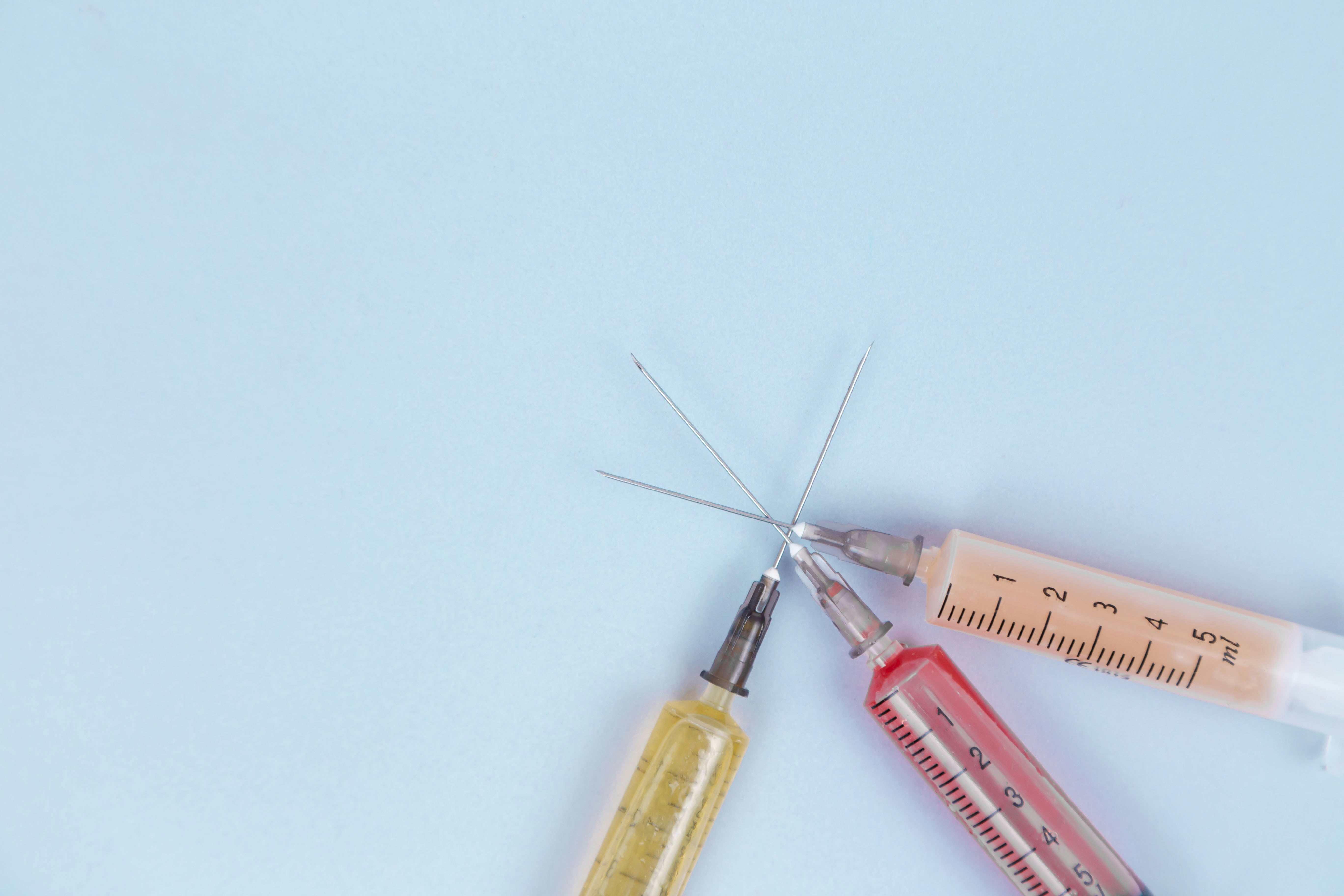
In today’s article, we’ll be examining a crucial question that affects many individuals: How much does a month’s worth of insulin cost when you don’t have insurance? With the rising costs of healthcare, it’s no wonder that people are concerned about the financial implications of managing their health conditions. We’ll explore the various factors influencing the price of insulin and provide you with some helpful insights to navigate this challenging terrain. So, buckle up and get ready to uncover the truth about the cost of insulin without insurance.
The Cost of Insulin
Insulin is a life-saving medication for millions of people with diabetes, but the cost of this crucial medication has been skyrocketing in recent years. For individuals who rely on insulin to manage their diabetes, the rising prices can be a significant financial burden. In this article, we will explore the factors that affect insulin cost, variations in insulin prices, and alternative options for affordability. We will also discuss government initiatives and the impact of high insulin costs on individuals with diabetes. Finally, we will provide some tips for reducing insulin costs.
Factors that Affect Insulin Cost
Various factors contribute to the cost of insulin. One significant factor is the type of insulin prescribed. Insulin comes in multiple forms, including rapid-acting, short-acting, intermediate-acting, and long-acting insulin. Each type has its own unique manufacturing process and production costs, which can influence the final price.
Another factor that affects insulin cost is the brand. Different pharmaceutical companies offer their own insulin products, and the prices can vary significantly between brands. The cost of research and development, as well as marketing expenses, can contribute to the varying prices.
Additionally, the method of insulin delivery, such as insulin pens or insulin pumps, can impact cost. Insulin delivery devices are often sold separately from the insulin itself, so it is essential to consider these additional costs when calculating the overall expense of managing diabetes.
Variations in Insulin Prices
The prices of insulin can vary significantly depending on where you purchase it. Different pharmacies and healthcare providers may have different pricing structures, which can impact the cost for individuals without insurance coverage. It is always advisable to compare prices and explore all available options to ensure you are getting the best price for your insulin.
Pricing Trends
Increasing Costs: A Look at the Statistics
Over the past decade, the cost of insulin has seen a dramatic increase, causing concerns and financial hardships for individuals who rely on this medication to survive. According to a study published in the Journal of the American Medical Association, the price of insulin more than tripled between 2002 and 2013. This rapid price increase has continued in recent years, leaving many individuals struggling to afford their life-saving medication.
Reasons behind Rising Insulin Prices
There are several reasons behind the rising prices of insulin. One significant factor is the lack of competition in the insulin market. A few major pharmaceutical companies dominate the production and distribution of insulin, leading to limited competition and little incentive to lower prices.
Additionally, the complex manufacturing process of insulin, including stringent quality control measures, contributes to the high costs. The research and development expenses involved in creating new forms of insulin and upgrading existing products also drive up prices.
Insulin Brands and Their Costs
Different Types of Insulin
There are several different types of insulin available on the market, each designed to meet specific needs and manage blood sugar levels in different ways. The various types of insulin include rapid-acting insulin, short-acting insulin, intermediate-acting insulin, and long-acting insulin.
Rapid-acting insulin, such as Novolog and Humalog, is typically taken just before or after meals and works quickly to lower blood sugar levels. Short-acting insulin, like Regular insulin, takes effect slightly slower and can last for a few hours. Intermediate-acting insulin, such as NPH insulin, has a more prolonged effect and is commonly taken twice a day. Long-acting insulin, such as Lantus and Levemir, provides a steady level of insulin throughout the day and is typically taken once daily.
Comparing Prices of Various Insulin Brands
The cost of insulin can vary significantly depending on the brand. Some popular insulin brands include Novo Nordisk’s Novolog and FlexPen, Eli Lilly’s Humalog and Humulin, and Sanofi’s Lantus and Toujeo.
When comparing the prices of different insulin brands, it is essential to consider factors such as the type of insulin, method of delivery, and the dosage required. Some brands may provide financial assistance programs or discounts, which can help lower the cost for individuals without insurance coverage.
Insulin Assistance Programs
Recognizing the financial burden that high insulin costs can pose, several pharmaceutical companies, non-profit organizations, and foundations have initiated assistance programs to help individuals access affordable insulin.
Pharmaceutical Company Programs
Many pharmaceutical companies offer patient assistance programs to provide financial support to individuals who cannot afford their medications. These programs may offer discounted rates or even provide insulin free of charge to eligible individuals. Patients can inquire about these programs directly with the manufacturer or consult with their healthcare providers for more information.
Non-Profit Organizations and Foundations
Non-profit organizations and foundations, such as the Diabetes Patient Assistance Program and the Lilly Cares Foundation, also provide assistance to individuals who struggle to afford insulin. These organizations may offer resources, financial aid, or connect individuals with affordable insulin options. It is important to reach out to these organizations to explore the available assistance programs and determine eligibility.
Alternative Options for Affordability
For individuals who are unable to afford the high cost of insulin through traditional means, there are alternative options to consider that may help increase affordability.
Generic Insulin
In recent years, generic versions of insulin have become available, offering a more affordable alternative to brand-name insulin. These generic insulins are similar in composition and effectiveness to their brand-name counterparts but are often available at a lower cost. However, it is important to consult with your healthcare provider to ensure that switching to a generic insulin is suitable for your specific needs.
Importing Insulin
Importing insulin from other countries where it may be available at a lower cost is another option to consider. However, it is important to exercise caution when choosing this option, as there can be legal and safety considerations. Importing medications may not be allowed in all countries, and there may be additional risks associated with counterfeit or improperly stored insulin. Before considering importing insulin, it is crucial to research and ensure that it is legal and safe to do so.
Insulin from Canada
For individuals living in the United States, seeking insulin from Canada has become a popular option due to the lower prices available north of the border. Canadian pharmacies often offer insulin at a fraction of the cost compared to prices in the United States. However, it is essential to work with a reputable Canadian pharmacy and consult with your healthcare provider to ensure the safety and effectiveness of the insulin obtained.
Government Initiatives to Reduce Insulin Prices
Recognizing the urgency of the insulin affordability crisis, governments and legislators have taken steps to address the issue and make insulin more accessible and affordable for individuals in need.
Legislative Efforts
Several states in the United States have introduced legislation to cap the price of insulin or create price transparency measures. These efforts aim to prevent significant price increases and ensure that individuals have access to the life-saving medication they need. Additionally, some countries, such as Australia and the United Kingdom, have implemented government regulations to control the prices of insulin and other essential medications.
Price Transparency Measures
To increase transparency and help individuals make informed decisions, some countries and states have introduced price transparency measures. These measures require pharmaceutical companies to disclose information about the development and production costs of insulin, as well as the factors influencing the pricing decisions. By shedding light on the pricing process, these measures aim to create more accountability and potentially alleviate some of the financial burden on patients.
Insulin Prices in Other Countries
Insulin prices can vary significantly between countries. The cost of insulin in the United States is often much higher compared to other countries around the world. For instance, a vial of insulin that costs hundreds of dollars in the United States may be available for a fraction of the price in countries like Canada, the United Kingdom, or Australia. This discrepancy in prices has led many individuals to explore alternative options, including seeking insulin from other countries.
The Impact of High Insulin Costs
The skyrocketing cost of insulin has severe consequences for individuals with diabetes. The high prices can lead to financial hardships and force individuals to make difficult decisions, such as rationing their insulin or sacrificing other necessities to afford this life-saving medication. Inadequate access to insulin can result in serious health complications, hospitalizations, and even death.
Tips for Reducing Insulin Costs
While the cost of insulin may seem overwhelming, there are several strategies and resources available to help reduce the financial burden. Consider the following tips to lower your insulin costs:
Generic Prescription Options
Talk to your healthcare provider about the availability of generic versions of your prescribed insulin. Generic options can often provide comparable efficacy at a lower cost.
Patient Assistance Programs
Explore patient assistance programs offered by pharmaceutical companies or non-profit organizations. These programs can provide financial assistance or discounted rates for eligible individuals.
Insurance Coverage Options
If you have health insurance, review your plan’s coverage for insulin and investigate whether there are any options for reducing your out-of-pocket costs. Some insurance plans may have preferred brands or formularies that offer insulin at a lower cost. Be sure to consult with your insurance provider to understand your coverage options fully.
Conclusion
The rising cost of insulin poses a significant challenge for individuals living with diabetes. As insulin prices continue to soar, many people are faced with the tough choice between financial strain and inadequate insulin access. However, various initiatives, assistance programs, and alternative options are available to help make insulin more affordable and accessible. By discussing pricing trends, exploring various insulin brands and assistance programs, considering alternative options, and advocating for government action, we can take steps towards ensuring that life-saving insulin remains affordable for all who need it.




Leave a Reply